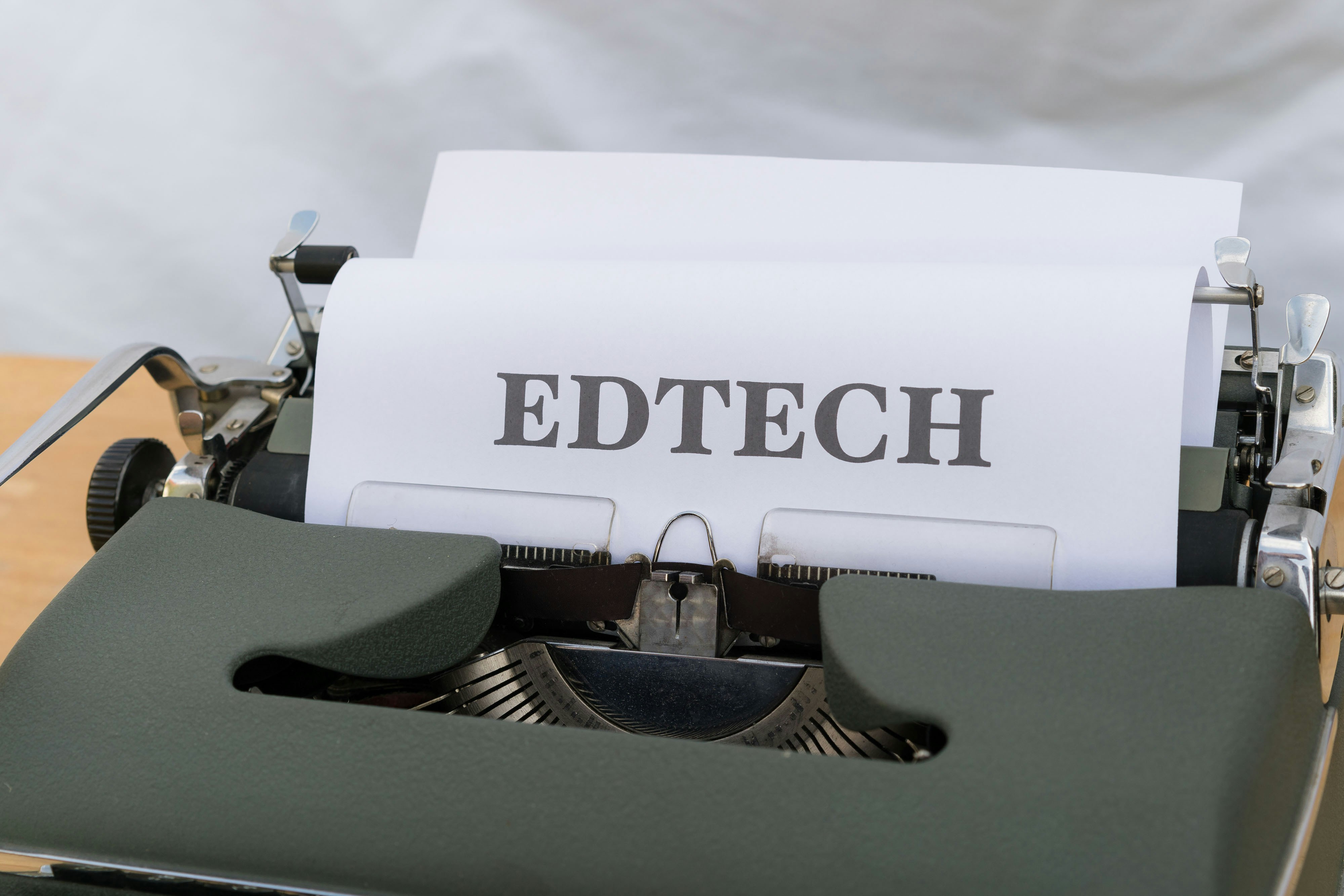Understanding the Present Continuous: Uses and Meanings with Example Dialogues

Introduction to the Present Continuous
The present continuous tense, also known as the present progressive, is a fundamental aspect of English grammar that is crucial for effective communication. It is utilized to articulate actions that are currently in progress or to describe ongoing situations. The structure of the present continuous is straightforward; it consists of the subject, the verb “to be” in its appropriate form, followed by the main verb in its -ing form (subject + ‘to be’ + verb + -ing).
For example, in the sentence “She is reading a book,” “she” serves as the subject, “is” is the correct form of “to be,” and “reading” is the verb with the -ing ending. This construction signifies that the action of reading is taking place right now. In addition to describing ongoing actions, the present continuous can also denote future plans or arrangements, such as in the sentence “They are meeting us tomorrow.” Here, it indicates a scheduled future event.
The significance of the present continuous in everyday communication lies in its ability to convey immediacy and current relevance. It not only helps to describe what is happening at the moment but also offers insights into future intentions and activities. This versatility makes it an essential tool for expressing thoughts and behaviors in various contexts.
Moreover, the present continuous allows speakers to share emotions and states in real-time. For instance, when someone says “I am feeling happy,” it emphasizes their current emotional state. Through the use of this tense, individuals can effectively communicate their experiences and actions as they unfold, thereby enhancing their interactions with others.
Uses of the Present Continuous
The present continuous tense serves multiple purposes in the English language, allowing speakers to convey actions and situations that are ongoing, temporary, or planned for the future. This section will explore the primary uses of the present continuous, providing clear explanations and contextual example dialogues.
One of the most common applications of the present continuous is to describe actions that are happening at the moment of speaking. For instance, when someone says, “I am eating lunch,” it signifies that the activity is currently in progress. This use emphasizes the immediacy of the action, effectively communicating involvement in the present moment. A dialogue illustrating this could be:
Person A: What are you doing right now?
Person B: I am watching a movie.
Another important application of the present continuous is to discuss temporary situations that may not be occurring at this very instant but are valid for the present time frame. For example, “She is staying with her friend this week” reflects a temporary condition. It indicates a scenario that is ongoing, even if it is not happening at the specific moment of speaking. An illustrative dialogue would be:
Person A: Where is Emily living these days?
Person B: She is staying with her friend this week.
Lastly, the present continuous can also denote planned future events or arrangements. This conveys a degree of certainty about future activities. For example, “We are meeting at the café tomorrow” not only establishes a future plan but does so with the implication that the arrangement is set. An example dialogue for this use could be:
Person A: Are we still on for tomorrow?
Person B: Yes, we are meeting at the café at noon.
Understanding these uses of the present continuous tense can significantly enhance communication skills, enabling more precise expression of current actions, temporary situations, and future arrangements.
Contrasting the Present Continuous with Other Tenses
The present continuous tense, often described as the present progressive, plays a crucial role in English grammar by indicating actions currently in progress or ongoing situations. To fully grasp its functionality, it is essential to contrast it with other related tenses, such as the simple present and present perfect, to illuminate their distinctive uses and meanings.
The simple present tense is typically employed to express habitual actions or general truths. For instance, consider the dialogue:
Alice: “Do you walk to work every day?”
Bob: “Yes, I walk to work.”
In this scenario, Bob’s response illustrates the simple present tense, signifying a regular activity rather than an action currently taking place. In contrast, the present continuous tense is more suited for actions occurring at the moment of speaking:
Alice: “What are you doing right now?”
Bob: “I am walking to work.”
Here, Bob emphasizes that he is engaged in the act of walking at that particular instant, showcasing a clear distinction between habitual behavior and an ongoing action.
Alice: “Have you walked to work this week?”
Bob: “Yes, I have walked to work several times.”
This dialogue highlights how the present perfect focuses on the frequency of actions completed up to the present, rather than the current activity itself. Recognizing these contrasts enables learners to select the appropriate tense based on the time frame and context, ensuring clarity and precision in communication.
Practice Exercises and Conclusion
To solidify your understanding of the present continuous tense, engaging in practice exercises is crucial. Below are some interactive activities designed to enhance your grasp of the tense and its various uses. Feel free to use these exercises to reinforce your learning, and ensure that you incorporate the present continuous into your daily practice.
1. **Fill in the Blanks**: Complete the following sentences using the present continuous form of the verbs given in parentheses:
- The students __________ (study) for their upcoming exams.
- She __________ (watch) a documentary about climate change.
- They __________ (play) soccer in the park right now.
2. **Transform the Sentences**: Change the following sentences from the simple present tense to the present continuous tense:
- He cooks dinner every evening.
- They go to the gym on weekends.
- She reads a book in the afternoon.
3. **Create Your Own Dialogues**: Write a short dialogue between two characters using the present continuous tense. Focus on spontaneous activities happening at that moment. For instance:
Character 1: “What are you doing?”
Character 2: “I am studying for my history test. What about you?”
As you engage with these exercises, consider how the present continuous tense helps convey ongoing actions, thus enhancing effective communication. This tense is not only essential for constructing clear sentences but also provides nuance to our expressions.
In summary, mastering the present continuous tense is fundamental for effective English communication. It allows you to describe actions that are currently happening or ongoing, providing clarity in conversation and writing. We encourage you to share your completed exercises or any questions in the comments section below. Engaging with fellow learners can foster a richer understanding and application of the present continuous in real-world contexts.

Responses